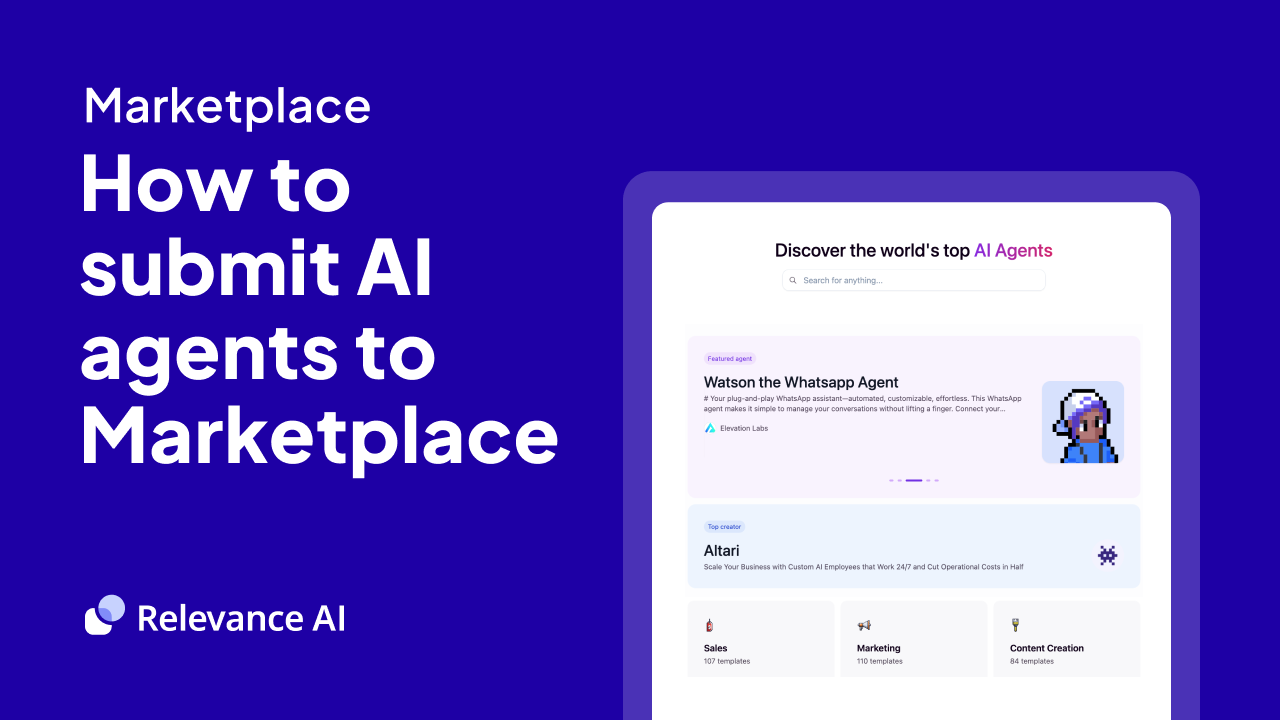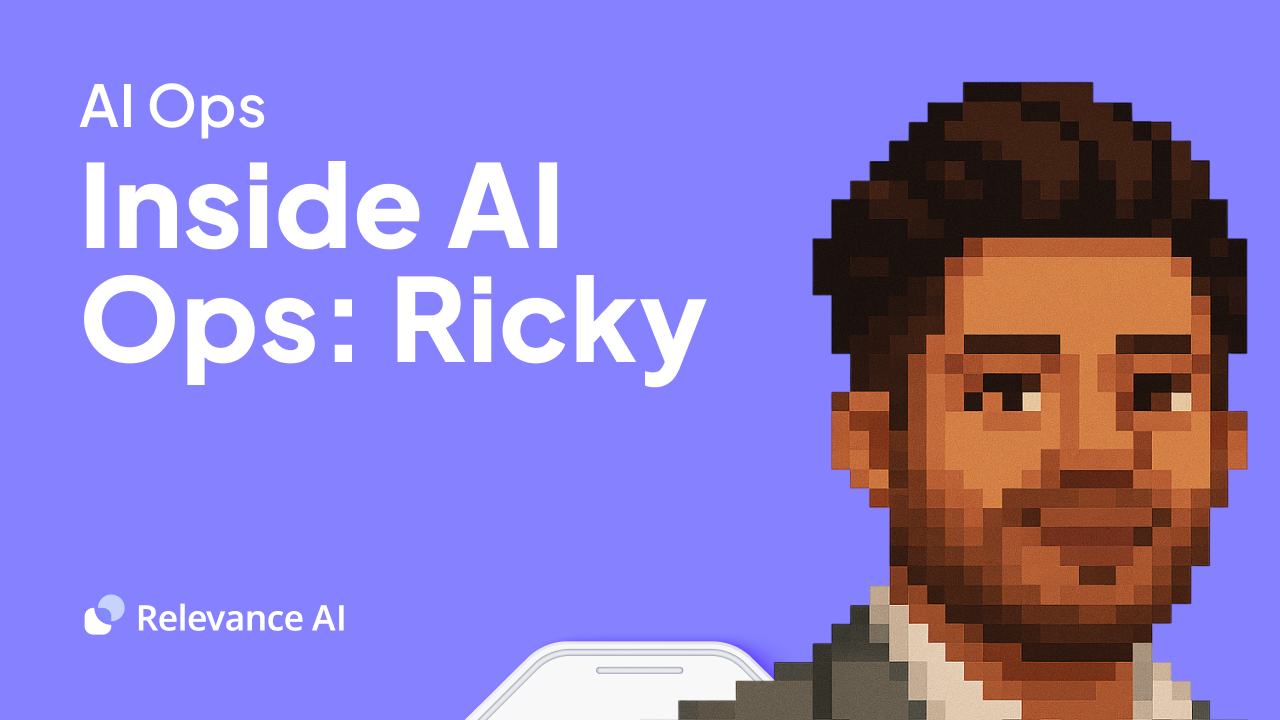Snyk
Understanding Snyk's Developer-First Security Platform
Snyk is a developer-first security platform that helps teams find and fix vulnerabilities in code, dependencies, containers, and infrastructure as code. The platform combines comprehensive security intelligence with AI-powered analysis to detect vulnerabilities early in the development cycle. By integrating directly into development workflows, Snyk enables teams to address security concerns without disrupting their productivity.
Key Features of Snyk
- Automated vulnerability scanning across multiple programming languages and platforms
- Deep dependency analysis with precise impact assessment
- Container security scanning with detailed remediation guidance
- Infrastructure as Code security testing
- License compliance monitoring and management
- AI-powered security intelligence and contextual recommendations

Benefits of AI Agents for Snyk
What would have been used before AI Agents?
Security teams traditionally relied on manual code reviews and vulnerability scanning tools that required significant human oversight. Engineers spent countless hours sifting through security alerts, researching vulnerabilities, and determining which issues needed immediate attention. This process was not only time-consuming but often led to alert fatigue and missed critical security flaws.
What are the benefits of AI Agents?
AI Agents transform how development teams handle security vulnerabilities by bringing intelligence and context to the security workflow. These digital teammates analyze code patterns, dependency relationships, and historical vulnerability data to provide targeted recommendations.
The most impactful benefit is the dramatic reduction in false positives. AI Agents learn from codebases and team responses to prioritize alerts that matter, cutting through the noise that traditionally overwhelms security teams. They understand the context of your application architecture and can distinguish between theoretical vulnerabilities and actual exposure paths.
For developers, these AI Agents function like having a security expert looking over their shoulder during the development process. They provide real-time guidance on security best practices and suggest specific fixes for identified vulnerabilities. This proactive approach catches security issues early in the development cycle when they're least expensive to fix.
The intelligence layer also extends to dependency management. AI Agents track the complex web of open-source dependencies, identifying not just direct vulnerability scanning impacts but also potential cascade effects through the dependency chain. They can recommend the optimal upgrade paths that minimize breaking changes while maximizing security improvements.
Teams using Snyk with AI Agents report up to 80% faster vulnerability remediation times and significantly improved accuracy in threat assessment. The system's ability to learn from each interaction means its effectiveness compounds over time, creating an increasingly sophisticated security posture for the organization.
Potential Use Cases of AI Agents with Snyk
Processes
- Continuous vulnerability scanning and real-time alerts for security issues across codebases
- Automated dependency updates with intelligent prioritization based on severity and impact
- Security policy enforcement through automated code reviews and pull request analysis
- License compliance monitoring and automated remediation recommendations
- Container security scanning with detailed vulnerability context and fix suggestions
Tasks
- Analyzing new dependencies before integration to identify potential security risks
- Generating detailed security reports with actionable remediation steps
- Monitoring and tracking vulnerability patches across multiple projects
- Creating custom security rules based on organization-specific requirements
- Investigating and triaging security alerts with contextual information
- Managing security exceptions and generating compliance documentation
Security-First Development with AI Integration
The integration of AI agents into Snyk's security platform represents a significant evolution in how development teams handle application security. Digital teammates can now process vast amounts of security data, identify patterns, and provide contextual recommendations that dramatically reduce the cognitive load on developers.
When security vulnerabilities emerge, AI agents can immediately assess the severity, impact radius, and potential exploitation paths. They analyze the codebase dependencies, suggest specific fixes, and even generate pull requests with the necessary updates. This moves security from a bottleneck to a natural part of the development workflow.
The most compelling aspect is how AI agents learn from an organization's security patterns and previous remediation decisions. They begin to understand which vulnerabilities pose the greatest risk to specific applications and can prioritize alerts accordingly. This level of intelligent filtering ensures development teams focus on critical issues rather than drowning in security noise.
Impact on Development Velocity
Security scanning that once took hours now happens in minutes. AI agents can simultaneously monitor multiple repositories, branches, and deployment environments, providing a comprehensive security overview without manual intervention. They're particularly effective at identifying subtle security issues that might slip through traditional scanning methods.
The real breakthrough comes from the AI's ability to understand context. When analyzing a vulnerability, it considers factors like the application's architecture, deployment environment, and existing security controls. This contextual awareness leads to more accurate risk assessments and more relevant remediation suggestions.
For development teams, this means fewer false positives, more meaningful security alerts, and clearer paths to resolution. The AI becomes an expert security partner that operates continuously in the background, allowing developers to maintain their focus on building features while staying secure.

Industry Use Cases
Snyk AI agents fundamentally transform how development teams handle security vulnerabilities across different sectors. The integration of these digital teammates into security workflows creates opportunities for organizations to catch and fix vulnerabilities earlier in the development cycle, reducing both risk and cost.
While security tooling has evolved significantly over the past decade, the challenge of managing vulnerabilities at scale remains complex. Development teams often struggle with alert fatigue and prioritization - this is where Snyk's AI capabilities make a tangible difference. By analyzing patterns across codebases and understanding context-specific security requirements, these AI-powered tools help teams focus on what matters most.
The applications of Snyk AI span from early-stage startups to enterprise organizations, each leveraging the technology in ways that align with their security maturity and development practices. The following industry examples demonstrate how teams are embedding these capabilities into their security workflows to achieve meaningful outcomes.
Financial Services: Securing Digital Banking with Snyk AI
The financial services industry faces an unprecedented challenge: maintaining robust security while rapidly deploying new features to meet customer demands. Major banks process millions of transactions daily through their mobile apps and web platforms, making them prime targets for security breaches.
A Snyk AI agent transforms how development teams at financial institutions handle security vulnerabilities. When developers at a bank push new code for their mobile banking application, the AI agent automatically scans dependencies and container images for potential security issues. It doesn't just flag problems - it provides specific remediation steps tailored to the bank's security policies and compliance requirements.
For example, when the development team integrates a new payment processing library, the AI agent analyzes it against known CVEs (Common Vulnerabilities and Exposures) and the bank's security baseline. If it detects that the library contains a vulnerability that could expose customer transaction data, it immediately notifies the team and suggests secure alternative versions or patches.
The AI agent also learns from the bank's historical security decisions and codebase patterns. When similar vulnerabilities appear in different projects, it applies consistent remediation strategies across teams. This institutional knowledge becomes invaluable as banks scale their development operations across multiple products and services.
Beyond reactive security, the AI agent proactively monitors the bank's entire software supply chain. It tracks changes in open source dependencies, flags suspicious package updates, and ensures compliance with financial regulations like PSD2 and GDPR. This continuous security posture helps banks maintain customer trust while moving at the speed of digital innovation.
Healthcare: Protecting Patient Data with Snyk AI
Healthcare organizations manage an intricate web of applications handling sensitive patient data, from electronic health records to telehealth platforms. The stakes couldn't be higher - a single security breach could compromise patient privacy and trigger severe HIPAA violations.
A Snyk AI agent operates as a digital security specialist within healthcare development teams. When developers at a major hospital system build new features for their patient portal, the AI agent conducts deep analysis of code dependencies against both general security vulnerabilities and healthcare-specific compliance requirements.
Take the case of a healthcare provider expanding their telehealth platform. The AI agent monitors every pull request, scanning newly added npm packages for security issues. During a recent integration of a video conferencing library, the agent detected a critical vulnerability that could potentially expose patient consultation data. Within minutes, it provided the development team with a detailed analysis and suggested a secure alternative that maintained HIPAA compliance.
The AI agent's pattern recognition capabilities prove particularly valuable in healthcare environments. It learns from the organization's security history and builds a knowledge base of healthcare-specific security patterns. When analyzing new code, it flags issues that might seem benign in other contexts but could pose risks in healthcare applications - like insecure data storage methods that could compromise patient confidentiality.
Beyond code scanning, the AI agent maintains continuous vigilance over the entire application infrastructure. It monitors container configurations, tracks changes in third-party dependencies, and ensures alignment with healthcare security frameworks. This comprehensive security approach allows healthcare organizations to innovate their digital services while maintaining strict patient data protection standards.
The impact extends beyond just finding vulnerabilities - the AI agent actively participates in security education, helping development teams understand healthcare-specific security best practices and embedding these principles into their daily workflow. This creates a culture of security-first development essential in healthcare technology.

Considerations and Challenges
Implementing Snyk AI agents requires careful planning and strategic consideration across multiple dimensions. Security teams need to balance automation capabilities with maintaining control over vulnerability management processes.
Technical Challenges
Integration complexity often emerges as the first hurdle. Development teams must ensure their CI/CD pipelines can properly interface with Snyk's AI scanning capabilities without creating bottlenecks. API rate limiting and scan queuing can impact performance during peak development periods.
False positives remain an ongoing challenge. While Snyk's AI has sophisticated detection capabilities, security teams need to fine-tune detection rules and maintain allowlists for known safe patterns. This requires dedicated resources and security expertise.
Operational Challenges
Team adoption presents a significant operational hurdle. Developers may resist additional security scanning steps that could slow down their workflow. Creating clear processes for handling AI-detected vulnerabilities and establishing ownership for remediation becomes crucial.
Alert fatigue poses another operational risk. Without proper threshold configuration, teams can become overwhelmed by the volume of security findings. Setting meaningful severity levels and implementing smart notification routing helps maintain focus on critical issues.
Governance Considerations
Security policies need updating to account for AI-driven scanning. Teams must establish clear guidelines for when human review is required versus allowing automated remediation. Compliance requirements may also dictate specific approval workflows for security-related code changes.
Cost management requires attention as scanning volumes grow. Teams should implement usage monitoring and set up budget alerts to prevent unexpected spending spikes from automated scanning activities.
Cultural Impact
Shifting security left through AI automation represents a cultural change. Development teams need training on security best practices and understanding of how the AI agent makes decisions. Building trust in the AI's recommendations takes time and requires transparency about its capabilities and limitations.
AI-Enhanced Security: The Future of Application Protection
The integration of AI Agents with Snyk represents a significant evolution in application security. Organizations implementing these digital teammates report substantial improvements in vulnerability detection accuracy and remediation speed. The technology's ability to learn from each interaction creates a compound effect, where security processes become more refined and effective over time. As developers face increasing pressure to deliver secure applications at scale, the combination of Snyk and AI Agents provides a powerful solution that balances security requirements with development velocity.











